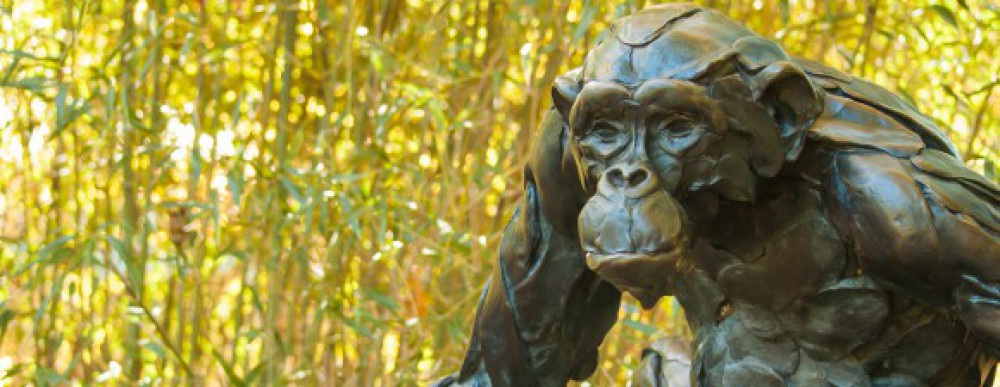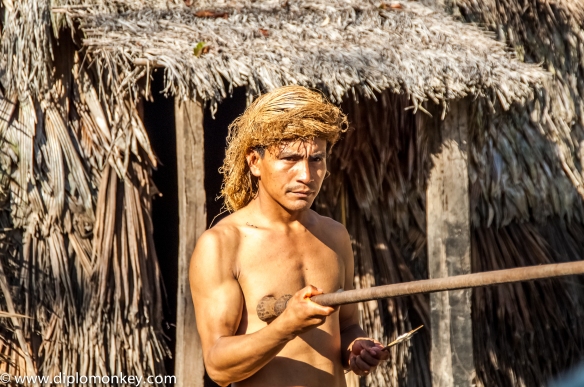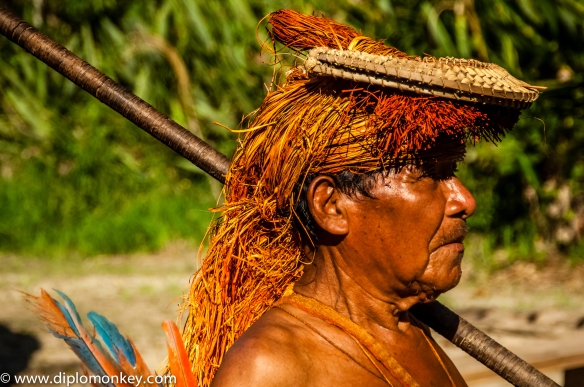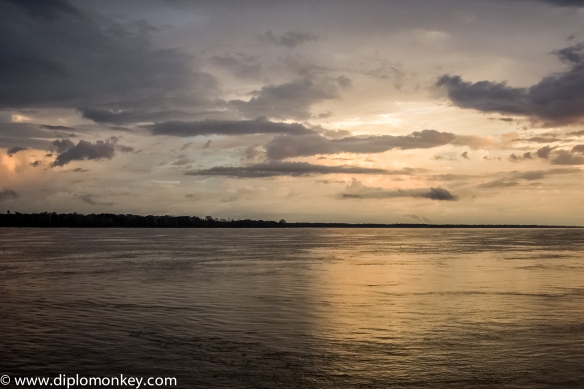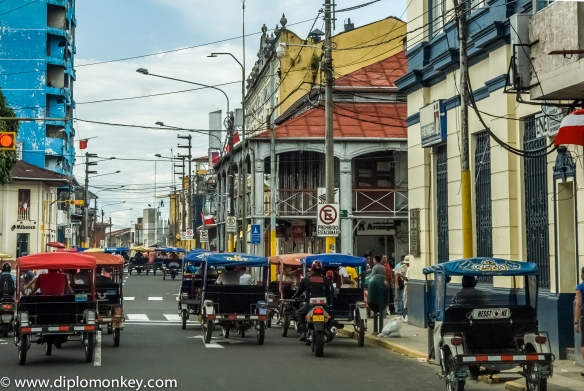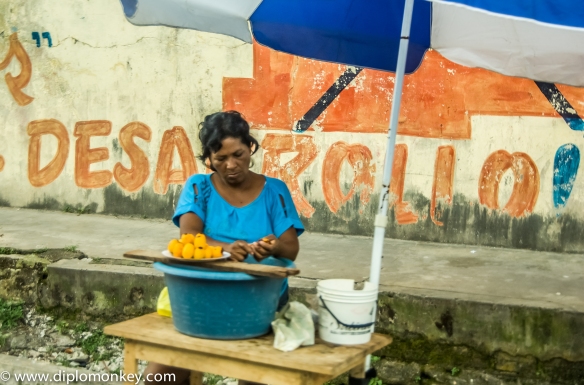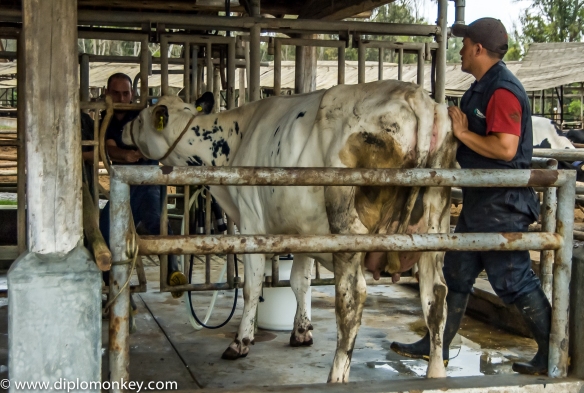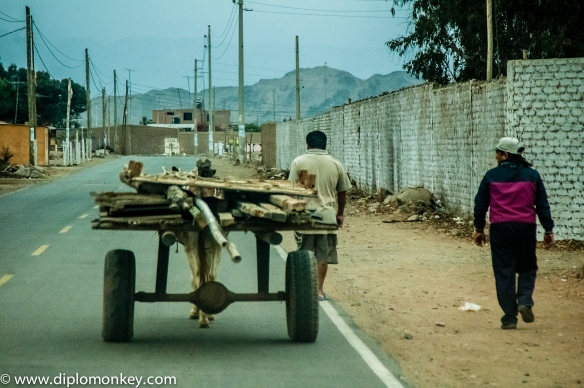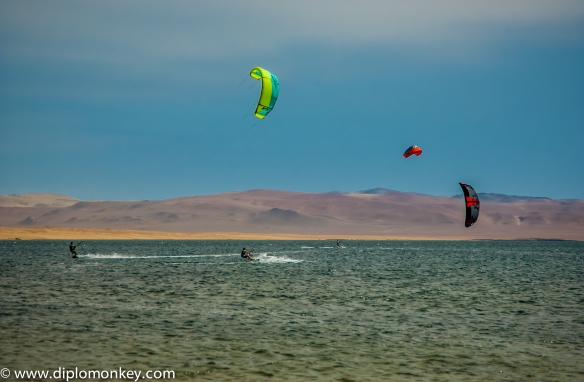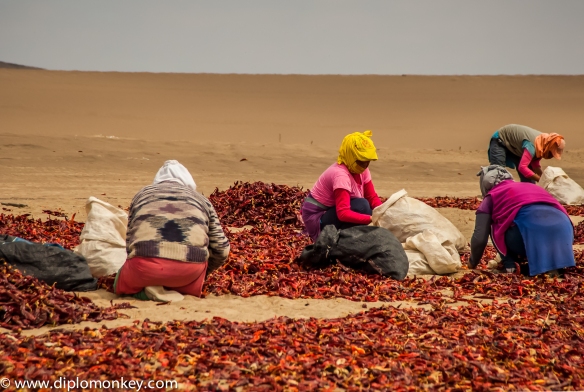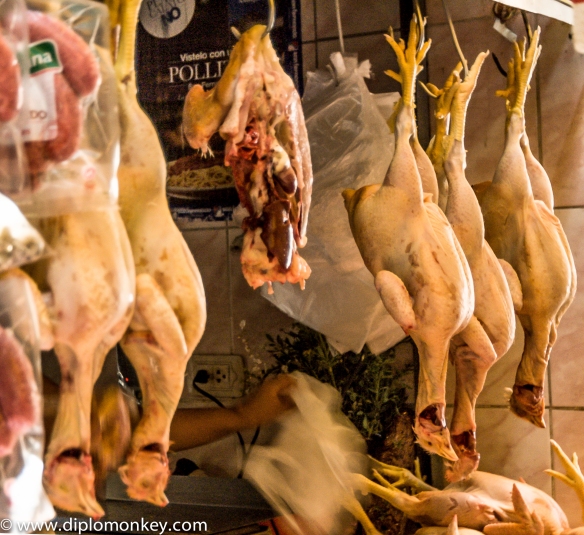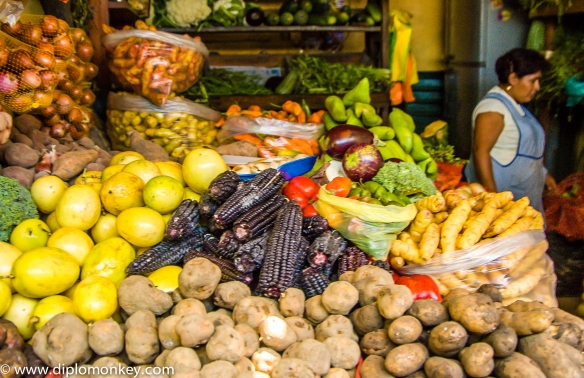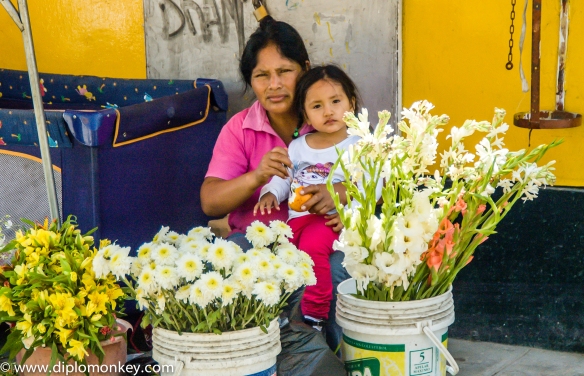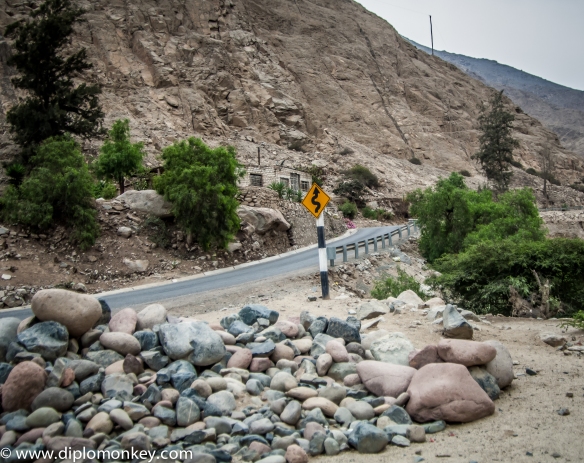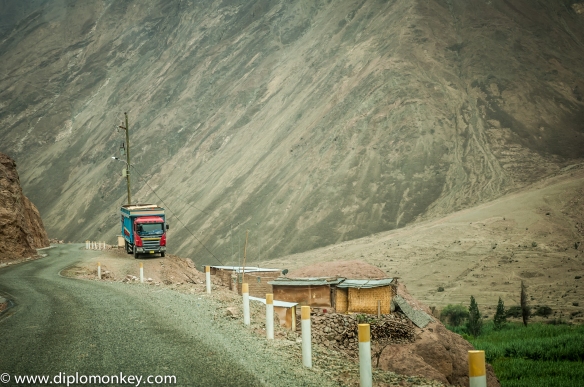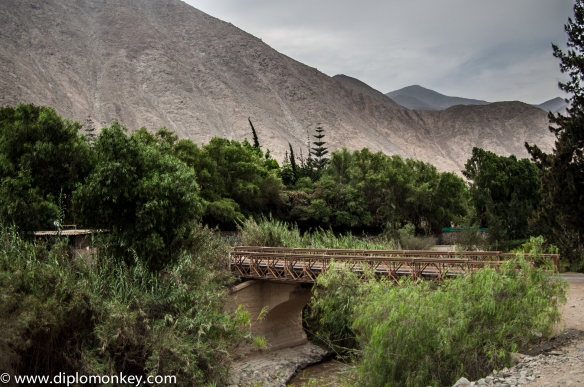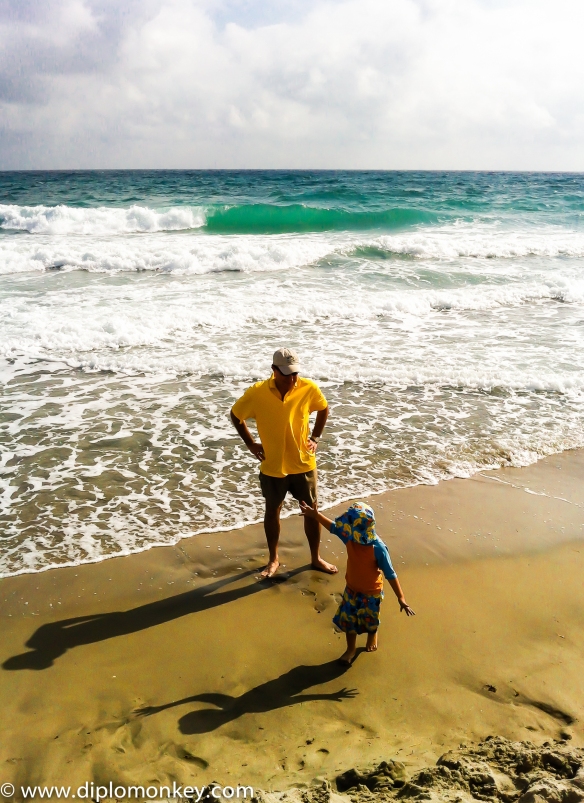Diplomonkey utilizing his super-duper street smarts while driving through the bedlam, fondly known as regular Monday morning Lima traffic, turns right and then left to find quick and unobstructed passage. In the process, on a neighborhood backstreet he discovers a hidden rare gem.
So Diplomonkey dashes out of his aging, and less than trusty jeep, and into the mad traffic with nothing in his hand but his iPhone; wifie gasps, you are nuts – the risk is not worth the picture, get back in the jeep…its just another old truck. No, it looks like a 1941/42 half ton Chevrolet Campbell Woodie, blares out Diplomonkey.
Okay, it was not all that dramatic after all since Diplomonkey safely pulled over to the side, parked the jeep, turn the hazards on, and applied the hand brake and then looked three times before crossing the street. If anything should happen to Diplomoneky, RSO would be so very, very sad – too much paperwork and cables galore.
But what a great surprise nonetheless on a Labor Day morning, what a cool story and find. Icing on the cake, or in this case the Alfajor, was the maroon Pontiac Le Mans 326 parked in front of the old Chevy.
Ah the unexpected joys and wonders of life in the foreign service life. Who would have thought that you can even have fun while driving in Lima.
Enjoy the pictures; they are of relics from a time when vroom, vroom actually meant something….
Cheers from Lima!
